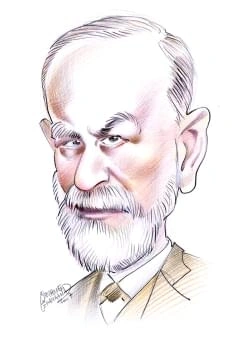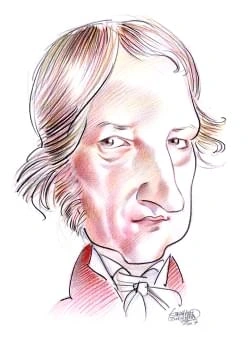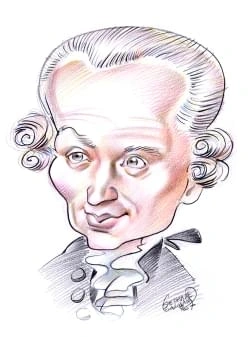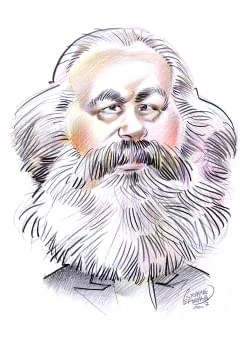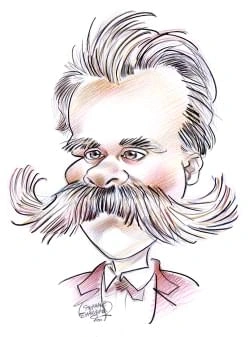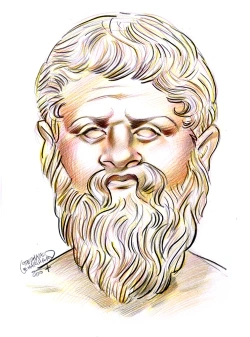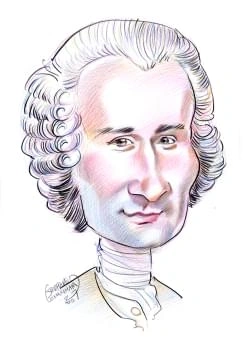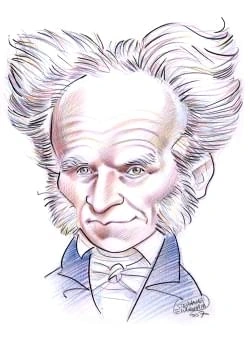10 résultats pour "supernatural"
-
Religion.
By the end of the 19th century, scholars were making religion an object of systematic inquiry. Müller’s comparative approach was adopted in many European andJapanese universities, and as a result the common features of world religions (such as gods, prayer, priesthood, and creation myths) were the subjects of sustainedscholarly investigation. In addition, field anthropologists had begun to compile firsthand accounts of the religions of peoples who previously had been dismissed assavages. The stu...
-
Richard Wagner
I
INTRODUCTION
Richard Wagner (1813-1883), German composer, conductor, and essayist, one of the most influential cultural figures of the 19th century.
May 1864 he was summoned to Munich by the 18-year-old King Ludwig II of Bavaria, who settled Wagner's debts, paid him a generous allowance, and provided himwith housing. Wagner was soon joined in his new home by Cosima von Bülow, Liszt’s daughter and the wife of German conductor and pianist Hans von Bülow. Wagnerand Cosima began a relationship that produced three children before the dissolution of the Bülows' marriage in 1870. Mounting hostility toward Wagner by members ofLudwig’s court resulted...
-
Richard Wagner.
which took place in August 1876. Wagner completed his final opera, Parsifal (which he called a 'festival drama of dedication' for the Festspielhaus), in 1882, and it premiered that July. In September Wagner moved to Venice, where in February 1883, after a heated argument with Cosima, he suffered a fatal heart attack. He was buried in Bayreuth. III MUSIC AND THOUGHT In the early 19th century, an opera was structured as a succession of conventional self-contained forms such as aria (a vocal so...
- Fairy and Fairy Tale Fairy and Fairy Tale, in folklore, a diminutive supernatural creature, generally in human form, dwelling in an imaginary region called fairyland; and the stories of its interventions through magic in mortal affairs.
-
Native American Art.
folding, braiding or weaving, could also be sewn onto the hide. The production of decorated clothing and bags increased after contact with Europeans as a greater variety of textiles and other materials became available throughtrade. Imported glass beads inspired native women, who quickly adapted quillwork techniques for the creation of beaded apparel. European curvilinear and floraldesigns of the 19th century proved as meaningful for the native women who worked with them as they were for the non...
-
Mythology
I
INTRODUCTION
Mythology, the body of myths of a particular culture, and the study and interpretation of such myths.
usually define a myth as a story that has compelling drama and deals with basic elements and assumptions of a culture. Myths explain, for example, how the worldbegan; how humans and animals came into being; how certain customs, gestures, or forms of human activity originated; and how the divine and human worlds interact.Many myths take place at a time before the world as human beings know it came into being. Because myth-making often involves gods, other supernatural beings, andprocesses beyond...
-
Mythology.
Across cultures, mythologies tend to describe similar characters. A common character is the trickster. The trickster is recklessly bold and even immoral, but through hisinventiveness he often helps human beings. In Greek mythology, Hermes (best known as the messenger of the gods) was a famous trickster. In one version of acharacteristic tale, Hermes, while still an infant, stole the cattle of his half-brother Apollo. To avoid leaving a trail that could be followed, Hermes made shoes from thebark...
-
Maya Civilization.
destruction was directed mostly at temples in the ceremonial precincts; it had little or no impact on the economy or population of a city as a whole. Some city-states didoccasionally conquer others, but this was not a common occurrence until very late in the Classic period when lowland civilization had begun to disintegrate. Until thattime, the most common pattern of Maya warfare seems to have consisted of raids employing rapid attacks and retreats by relatively small numbers of warriors, most o...
-
-
Maya Civilization - History.
destruction was directed mostly at temples in the ceremonial precincts; it had little or no impact on the economy or population of a city as a whole. Some city-states didoccasionally conquer others, but this was not a common occurrence until very late in the Classic period when lowland civilization had begun to disintegrate. Until thattime, the most common pattern of Maya warfare seems to have consisted of raids employing rapid attacks and retreats by relatively small numbers of warriors, most o...
-
Anthropology.
humans, such as tools, pottery, and buildings) and human fossils (preserved bones). They also examine past environments to understand how natural forces, such as climate and available food, shaped the development of human culture. Some archaeologists study cultures that existed before the development of writing, a time knownas prehistory . The archaeological study of periods of human evolution up to the first development of agriculture, about 10,000 years ago, is also called paleoanthropology....
}})
